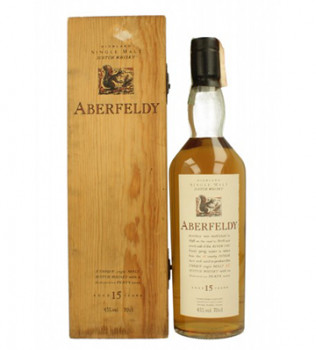SCOTCH WHISKY HISTORY: 19TH AND 20TH CENTURY



At the beginning of the 19th century, illicit whisky production and smuggling were rife in Scotland. By the end of the century, Scotch whisky was an international business driven by brands. Thanks to the Excise Act of 1823, distilleries were obliged to acquire a licence.
Distilleries generally sold their Scotch whiskies to local wine and spirit merchants and grocers, who blended their own recipes. Customers arrived with a jug or flagon to be filled with Scotch whisky drawn from a cask.
In the 1830s and early 1840’s glass was expensive and Scotch whisky was rarely sold in glass bottles.
During the 1850s, the number of blended Scotch brands grew, including Green Stripe, Royal Glen-Dee and Royal Loch Ness.
Scotch whisky brands were increasingly advertised in newspapers, and in the 1880s even London pubs ran to promote their extensive selections of Scotch whisky. At the time Scotch whisky was sold to them in large ceramic jars, calles pigs.
The 20th century began with a new medium to promote Scotch whisky: film. In 1900, Dewar’s premiered a film advertising his brand of Scotch whisky. It was in black and white, and silent, but communicated clearly.
In 1909, Lloyd George, the British Chancellor of the Exchequer, launched the “People’s Budget” to fund social reform, which included a 30% tax on Scotch whisky.
In 1914, Llyod George introduced a two-year minimum ageing period for Scotch whisky, increased to 3 years by the Immature Spirits Act in 1915. His intention was to confine greater amounts of Scotch whisky to ageing warehouses, and limit the amount available to buy.
Pub opening hours were reduced, and it was forbidden for anyone in a pub to buy a drink from another person. Selling alcohol on Saturday was also banned.
Blended Scotch, the principal whisky style, was most affected by this legislation.
Sales of blended Scotch whisky began to slow down in the 1970s, falling even further in the early 1980s.
This forced a number of distilleries of Scotch whisky to change from full-time to part-time production or to close. Meanwhile, there was a growing stock of malt and grain whiskies.



Source: The Whisky Dictionary: an A-Z of Whisky, from history & heritage to-distilling & drinking








